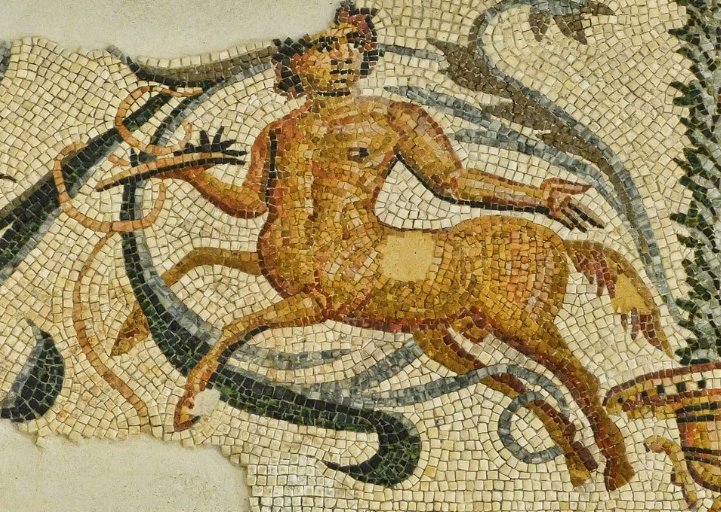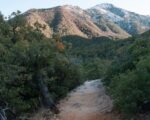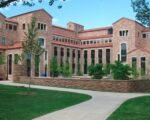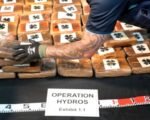The Rescue Excavation
Archaeologists have recently uncovered a stunning Roman mosaic floor in the rural area of Kela Hanma (Lady’s Castle) near the village of Uzunkaya in Turkey’s Mardin province. The mosaic, which measures about 100 square meters, features intricate patterns and colorful images of animals and sea creatures. The discovery was made during a rescue excavation that was launched after reports of illegal digging in the area.
The rescue excavation was conducted by researchers from the Mardin Museum and the Diyarbakır Restoration and Conservation Regional Laboratory Directorate. They found that the site had been severely damaged by unauthorized excavation pits, which had destroyed some of the architectural remains and the underlying archaeological features. Despite the vandalism, the archaeologists were able to recover and document the mosaic floor, which they believe dates back to the 5th and 7th century AD.
The Villa Rustica
The mosaic floor belongs to a villa rustica, a type of rural settlement that was common in the Roman Empire. A villa rustica consisted of a pars urbana (main house) and a pars rustica (farm area), where the landowner and their family, servants, and workers lived and managed the agricultural production. Villas rusticae were usually located near roads, rivers, or other natural resources, and often had elaborate decorations and amenities.

The villa rustica in Kela Hanma is one of the few examples of this kind of settlement in the region, which was part of the Roman province of Mesopotamia. The province was established in the 2nd century AD after the Roman conquest of the Parthian Empire, and lasted until the 7th century AD when it was invaded by the Sassanid Persians and later by the Arab Muslims. The villa rustica in Kela Hanma reflects the cultural and artistic influences of both the Roman and the local traditions, as well as the rich and diverse nature of the province.
The Mosaic Art
The mosaic floor in Kela Hanma is a remarkable example of the mosaic art that flourished in the Roman Empire. Mosaics are composed of small pieces of stone, glass, ceramic, or other materials, called tesserae, that are arranged to form patterns or images. Mosaics were used to decorate floors, walls, ceilings, fountains, and other surfaces, both indoors and outdoors. They were also used to convey religious, mythological, historical, or symbolic meanings, or to express the personal tastes and preferences of the patrons and the artists.
The mosaic floor in Kela Hanma features a variety of geometric and floral motifs, such as fish scales, triangles, hexagons, octagons, arches, and trees. It also depicts several animals and sea creatures, such as waterfowl, octopuses, fish, mussels, seals, and aquatic plants. Some of these images are typical of the Roman mosaic art, while others are more characteristic of the local culture and environment. The mosaic floor in Kela Hanma demonstrates the high level of skill and creativity of the mosaic artists, as well as the wealth and status of the villa owners.
The Future Plans
The archaeologists who discovered the mosaic floor in Kela Hanma plan to carefully lift and transport it to the Mardin Museum for public display. They also intend to continue their research and exploration of the site, which they believe has more archaeological potential. The site is not only limited to the villa rustica, but also includes different architectural remnants on the southern slope and a necropolis (cemetery) area. The archaeologists hope to shed more light on the history and culture of the Roman province of Mesopotamia, and to protect and preserve its heritage from further damage and looting.














